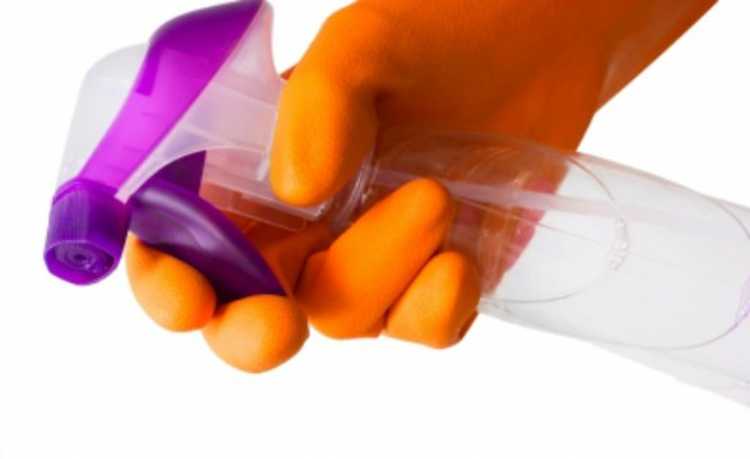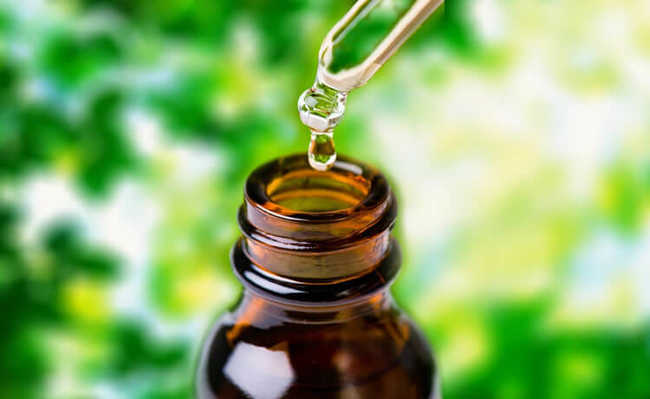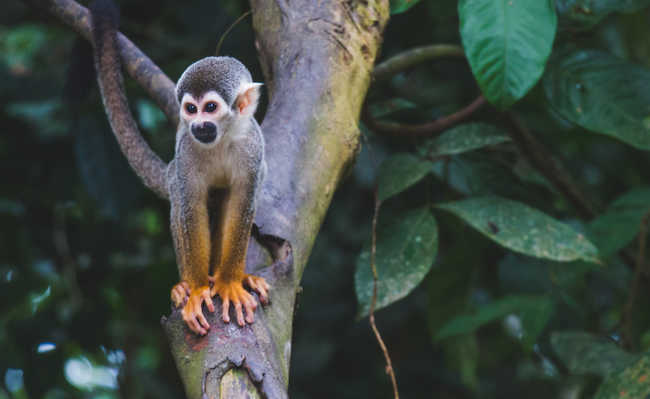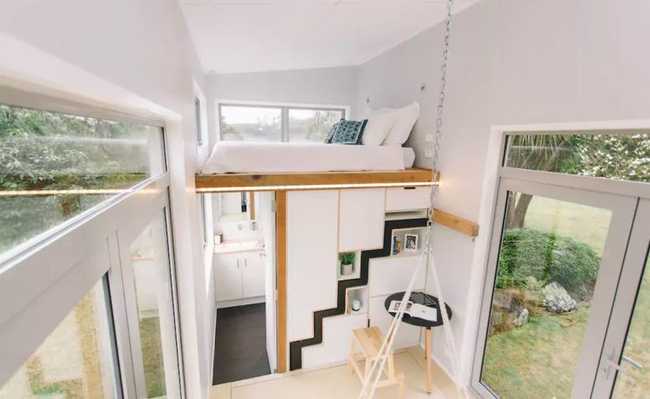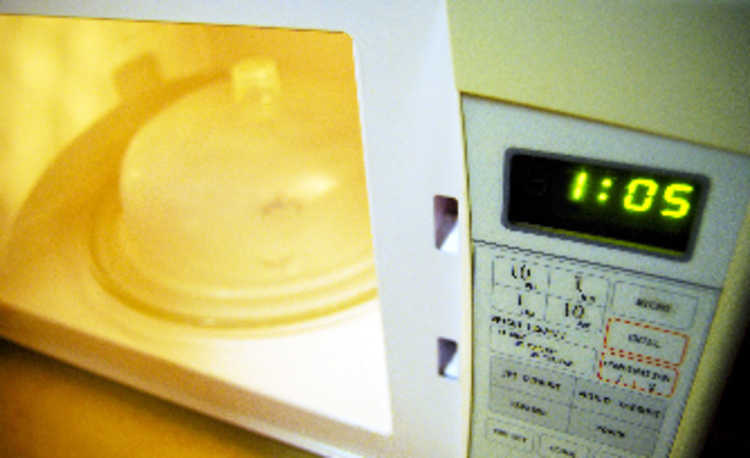Organic gardens course #3 and #4: sowing, germination and seedling transplantation
Learn about sowing vegetables, what seeds are, when and how to make a sowing, tips to improve seedling growth, when and how to transplant them

To talk about sowing in gardens, it is necessary, first of all, to explain what a seed is and how it germinates.
A seed is an embryo that is surrounded by a nutritive material and a protective outer membrane, so the seed is protected from the external environment.
In order to germinate, it needs special internal and external conditions; but it is only possible to control external conditions to facilitate germination, and such conditions involve four factors: light, oxygen, temperature and humidity.
The seeds are different from each other depending on the species - lettuce seeds are smaller than chard seeds, for example. The little ones need a little more attention: because they are smaller, many people put several of them in the same place, and depending on their germination power, they all germinate together, which ends up making it difficult for all of them to grow, as they will fight for space.
With larger seeds, the procedure is simple: they can be distributed more widely, so that they can grow without discomfort.
There is a relationship between seed size and sowing type. Large seeds can be planted directly in the beds, but smaller seeds must first be planted in seedlings and then transplanted.
Indirect sowing - sowing

To make a seedbed, the following materials will be needed:
- Container that serves as a seedbed;
- Dough;
- Seeds;
- Earth;
- Fertilizer.
The container must have some holes so that the water does not get trapped. The seedbed structure can be a wooden crate, and some materials you have around the house, such as yogurt or juice containers, can be helpful. If you are going to use a wooden box, use dividers to separate the different seeds that will be planted.
With the help of a spade, place a layer of very smooth earth and a layer of fertilizer on top. Then, make holes or furrows, place the scattered seeds and cover the holes, adding a little fertilizer on top. Be careful not to add too many seeds, as it is important to stagger the cultivation, making small sowings every two or three weeks - this way we guarantee that we will always have fresh vegetables to consume.
Label the vegetables with the name to avoid confusing the seeds as they grow and to remember the planting date.
If you feel a "sticky" feeling when you touch your hand to the soil, the humidity is good and you don't need to water again. One must always avoid the earth from becoming soggy or dry. If the temperature is low (as it happens in winter), it is recommended to water every two days; and if the temperature is high (like in summer), it is recommended to repeat the process once a day.
To finish sowing, place a layer of surface fertilizer (leaves and grasses) and then water.
After three or four days it is important to check whether the seeds are germinating; if so, you can remove some of the surface fertilizer so that the seeds can germinate without difficulty.
The sowing must be in a place protected from rain, wind, birds and, when the plants reach approximately seven centimeters in height, it is necessary to transplant them to the bed.
direct sowing
To sow directly on the seedbed, you will need:
- Dough;
- Planter;
- A stake approximately 30 to 40 cm long;
- rake;
- Seeds;
- Compound.
It is important to place a thin layer (approximately 0.5 cm) of compost over the beds before you start planting, spreading it well with the rake.
Then, we have to make a mark in the earth every 30 or 40 cm with the help of a stake (or any other material with that measure) to know where we will make the seed hole. The depth of the hole should be 3 times the size of the seed and can be done with the planter.
Remember not to make the seed holes glued to the edge of the bed, it is good to leave a space between the edge of the bed and the seed hole.
Once the holes have been made, place the seeds and cover with the help of a spade. Finally, put a very thin layer of surface fertilizer (leaves and grasses) to protect the seed from the wind and dampen rainwater, and then water.
Don't forget to put signs with the name of the vegetables and the planting date on the row where the seeds were planted so as not to confuse them and also to know which vegetable to plant next, making the cultivation association.
Curiosity
The moon influences the planting, so that leafy vegetables grow more during the full moon period and tuberoses grow better during the waning moon.
germination

If nothing has germinated after seven or ten days, the seeds should be replanted in another seedbed, and if there is slow germination, space should be opened between the surface fertilizer that was placed to facilitate its development. It is possible to use the same seeds to carry out the replanting, as sometimes the external characteristics were not adequate, such as lack of moisture or too much exposure of the sowing to the sun.
It is important to observe the seedlings regarding the amount of seedlings and their exposure to the sun. Lettuces have very small seeds and, if placed in large quantities in the same hole, it will not be possible to separate them when transplanting; in addition, if the seedlings are more spaced, they can develop better because they are more exposed to the sun.
In the image below, the lettuces on the left side have germinated, but many seeds were planted together, which will make it difficult to separate the seedlings; while on the right side no seed germinated.

You should also rotate the position of the seedbed in relation to the sun, so that all the seedlings develop properly and do not lean over each other in search of light.
Seeding rotation and reducing the seeds planted in a small space help to prevent the plants from becoming etiolated, that is, weak from lack of sunlight and with discolored parts.
Transplanting the seedlings

When transplanting a seedling, its possible growth must be considered. Cabbage, for example, is a seedling that needs more space, so you should leave approximately 60 cm between one seedling and another to allow it to grow. As the cabbage growing time is slow, it is interesting to use the space between the cabbage seedlings to transplant lettuces, for example, which need less space and are fast growing. The same reasoning is valid for cauliflower, eggplant, peppers, tomatoes and many other vegetables that need more space and are slow growing; these can be interspersed with chicory, watercress, chives, radishes and arugula.
As mentioned before, just remove each seedling from the seedbeds carefully so as not to damage the roots and plant it in the bed, paying attention to the necessary spacing between each seedling. If necessary, use a spoon or a spade to remove the seedlings from the seedbeds.

And the seedlings that had been planted directly in the bed?

After germination of the seeds, it is possible to see if the seedlings are close together and if their development will be affected by this. If so, thin the seedlings, that is, remove the seedlings that are weaker, making more space for the stronger seedlings to grow.
But don't think that these seedlings will be wasted, you can put them in your composter to use them as fertilizer later.
See below the videos prepared by Borelli Studio, on which this story was based. The videos are in Spanish, but have Portuguese subtitles.
Check out parts 1 and 2 of the course at the links below.

